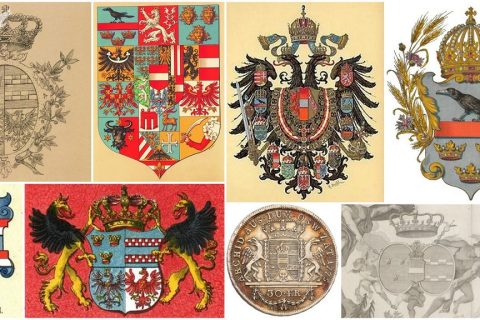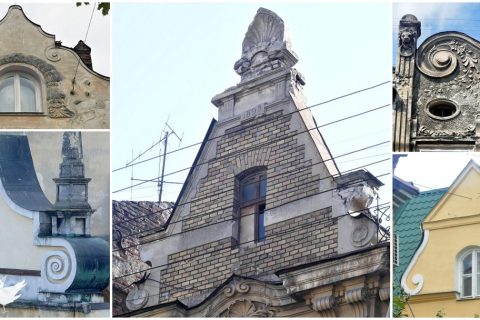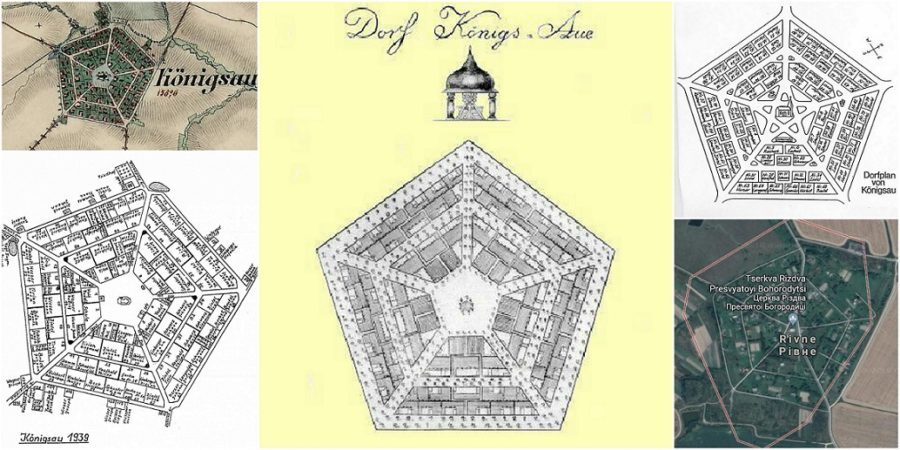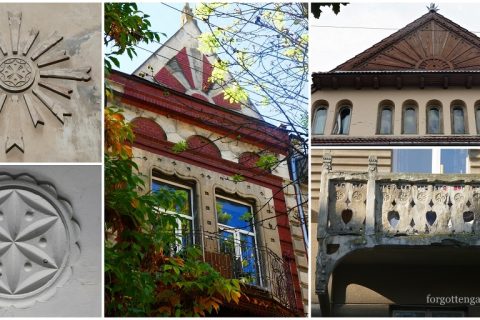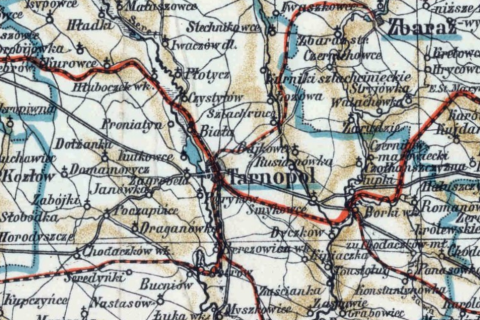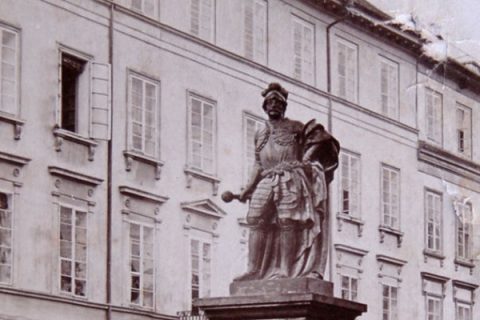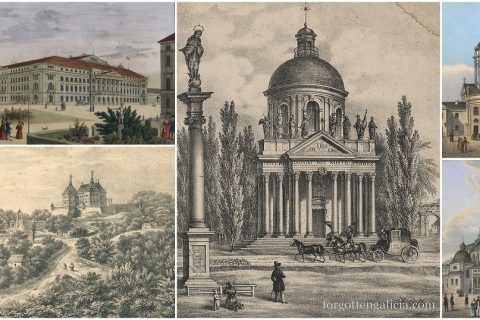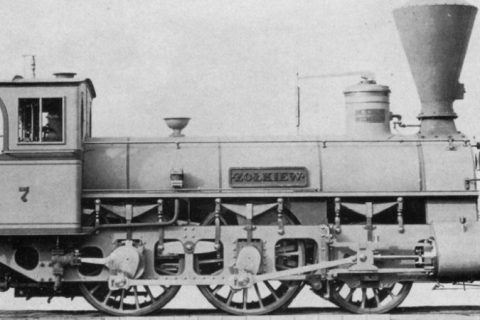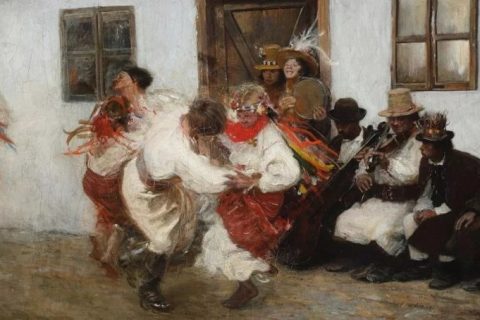Königsau: Galicia’s Pentagon-Shaped German Colony
The village of Königsau (“royal meadow”) was established in 1783 by German Roman Catholic settlers as part of the Josephine colonization—a state-funded settlement campaign to reinforce the society of Galician Germans. And while many German colonies were established as part of this campaign, Königsau is unique for it is the […]
Read More





